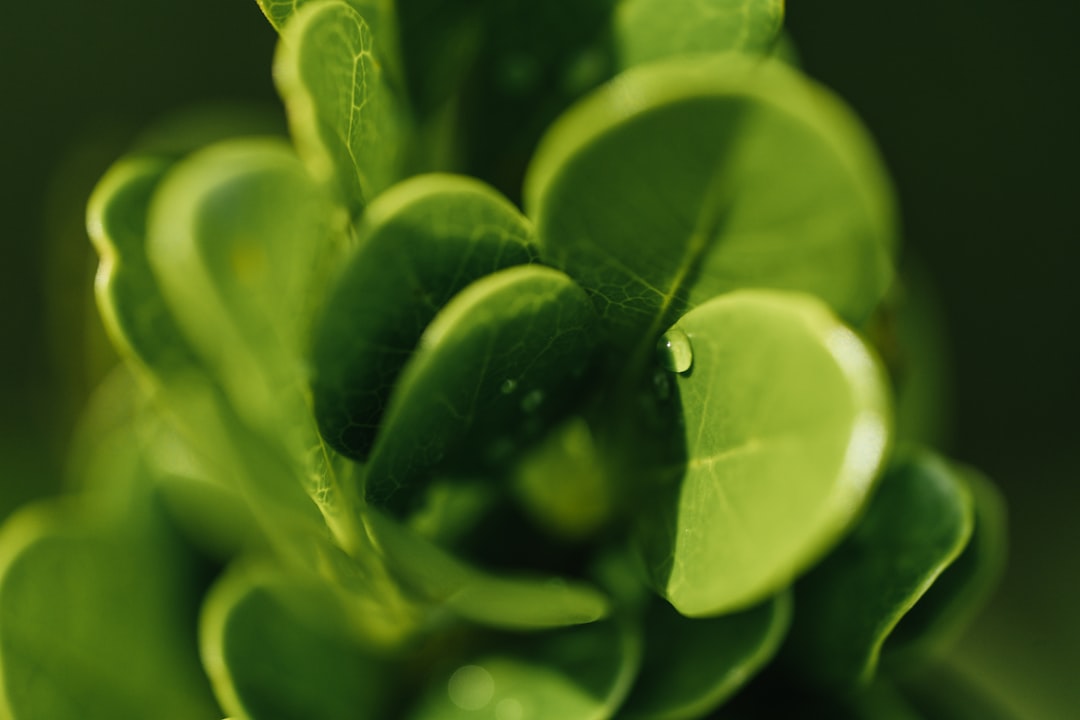Embarking on a gardening journey can be an incredibly rewarding experience, especially when you start from scratch and build your own raised - bed garden and shed on a budget. In this article, we'll follow the story of a pair of beginners who managed to create a thriving edible garden in a cost - effective way.
First things first, let's talk about planning. Our beginner gardeners started by assessing their available space. They measured the area where they wanted to set up their raised beds and shed. This step was crucial as it helped them determine the size and number of raised beds they could build. They also considered the sunlight exposure of the area, as most edible plants require at least six hours of sunlight per day. With a well - thought - out plan in hand, they were ready to move on to the next phase.
When it came to materials for the raised beds, they decided to go for recycled and affordable options. They scoured local salvage yards and found old wooden pallets. These pallets were not only inexpensive but also sturdy enough to hold the soil. They disassembled the pallets carefully, making sure to remove any nails or splinters. Then, they cut the wood to the desired lengths and assembled the raised beds using simple tools like a hammer and nails. For the corners, they added extra support to ensure the beds would be stable over time.
The soil was another important aspect. Instead of buying expensive pre - mixed garden soil, they made their own compost. They collected kitchen scraps such as fruit peels, vegetable trimmings, and coffee grounds. They also added leaves and grass clippings from their yard. By layering these materials in a compost bin and turning it regularly, they created nutrient - rich compost in a few months. This homemade compost was then mixed with some topsoil they purchased in bulk from a local nursery, creating a cost - effective and fertile growing medium for their edible plants.
Now, let's move on to the shed. The shed was essential for storing gardening tools, seeds, and other supplies. Similar to the raised beds, they used recycled materials for the shed. They found some old corrugated metal sheets at a scrap yard. These sheets were used for the roof, providing good protection against the elements. For the walls, they used leftover wood from the raised bed construction. They built a simple frame using 2x4s and attached the wood panels to it. The shed was then painted with a weather - resistant paint to extend its lifespan.
When it came to planting, they started small. They chose easy - to - grow edible plants such as tomatoes, lettuce, and herbs. These plants are relatively forgiving for beginners and can thrive in a variety of conditions. They planted the seeds according to the instructions on the seed packets, making sure to space them properly. They also installed a simple drip irrigation system using recycled plastic bottles. By poking small holes in the bottles and burying them near the plants, they were able to provide a slow and steady supply of water, reducing water waste.
As the plants grew, they faced some challenges. Pests were one of the main issues. They noticed aphids on their tomato plants and slugs on their lettuce. Instead of using expensive chemical pesticides, they opted for natural pest control methods. They sprayed a mixture of water and dish soap on the aphids, which effectively got rid of them. For the slugs, they placed beer traps around the lettuce beds. The slugs were attracted to the beer and drowned in it.
Harvest time was a moment of great joy for our beginner gardeners. They were able to enjoy the fruits (and vegetables) of their labor. They harvested fresh tomatoes, crisp lettuce, and fragrant herbs. They used these home - grown ingredients in their daily meals, adding a delicious and healthy touch to their diet. They also shared their produce with friends and neighbors, spreading the joy of home gardening.
In conclusion, building a raised - bed garden and shed on a budget from the ground up is definitely achievable, even for beginners. With careful planning, the use of recycled materials, and a bit of creativity, anyone can create a thriving edible garden. So, if you've been thinking about starting your own garden, don't let a tight budget hold you back. Take inspiration from these beginners and start your gardening adventure today.

